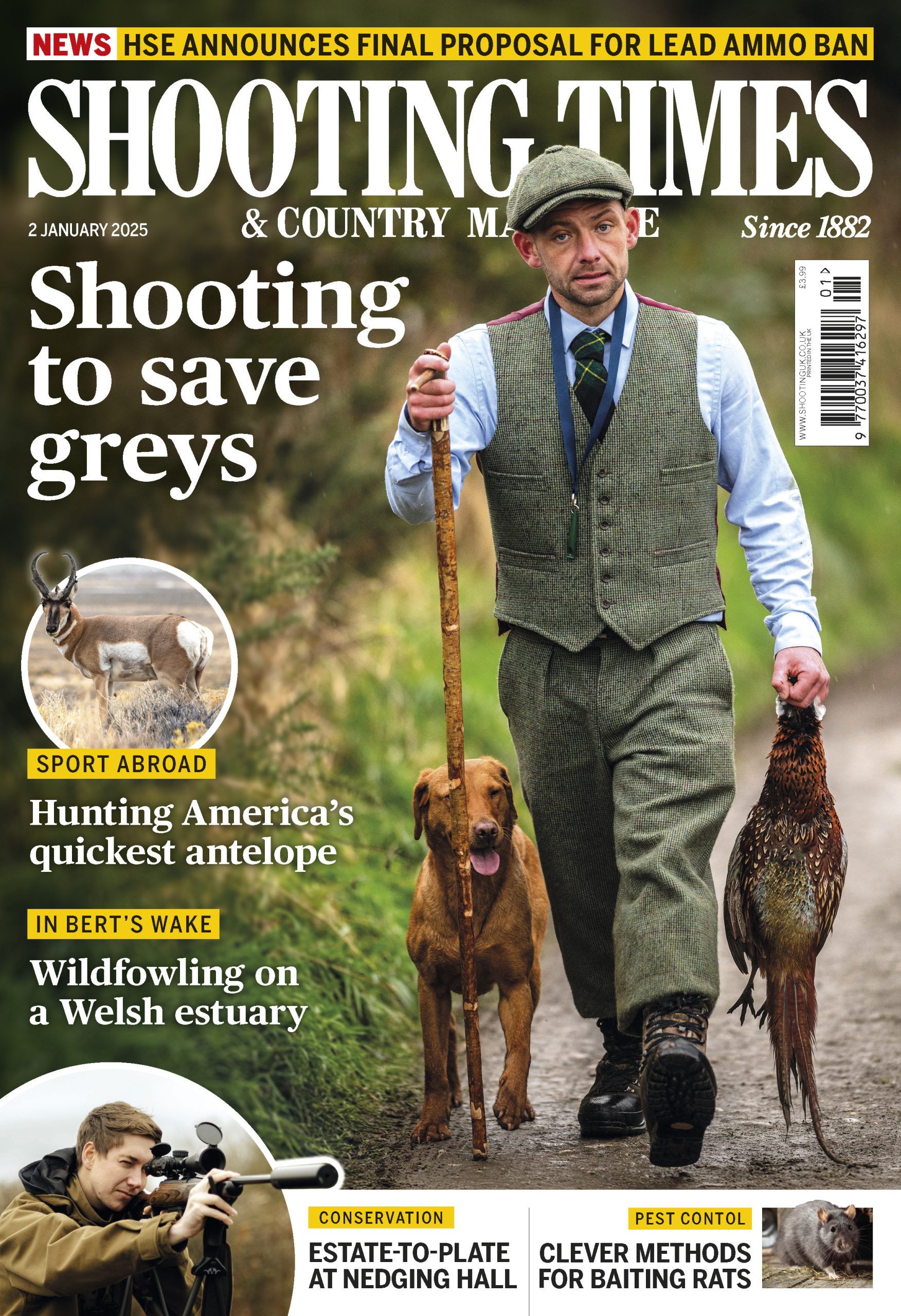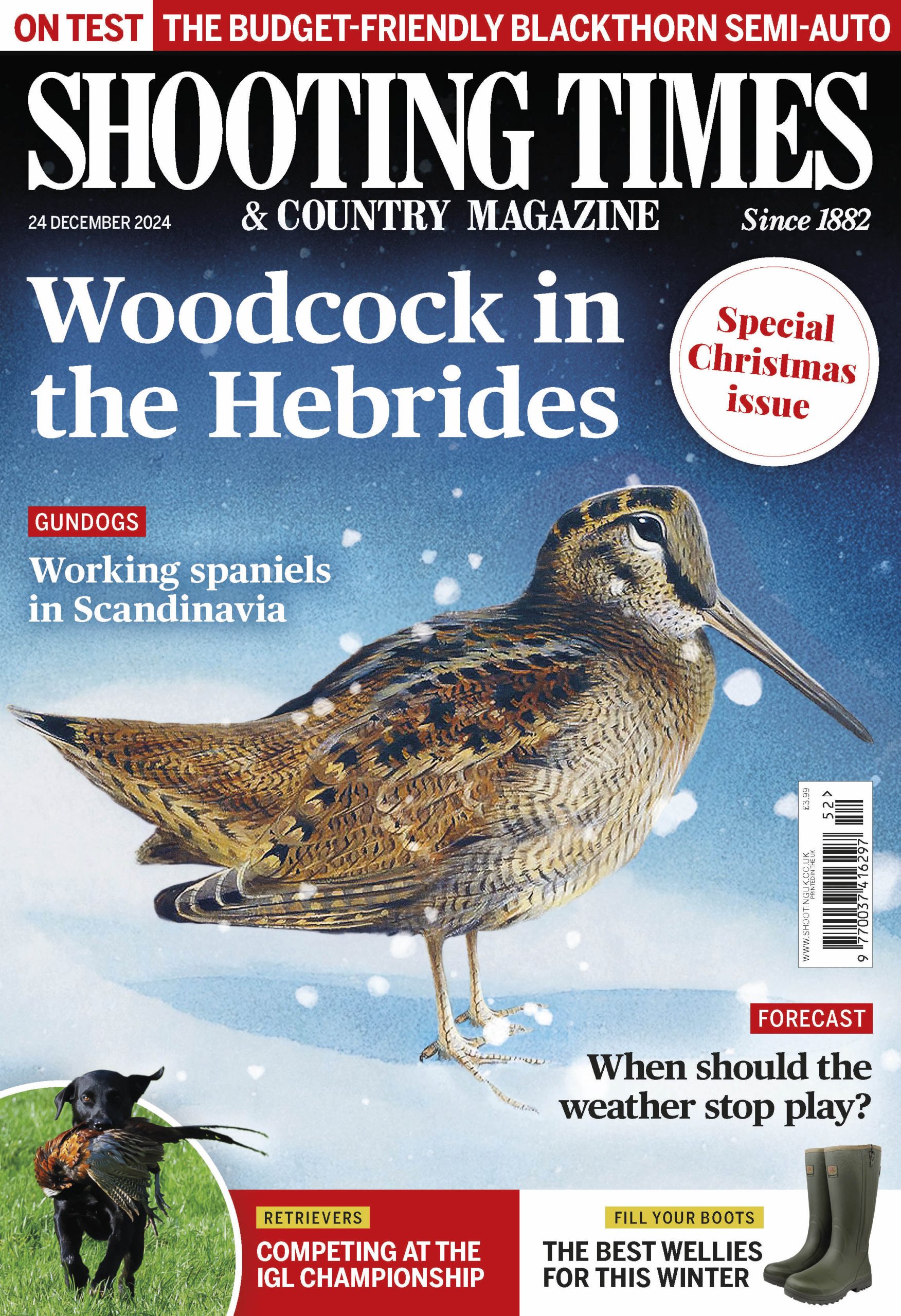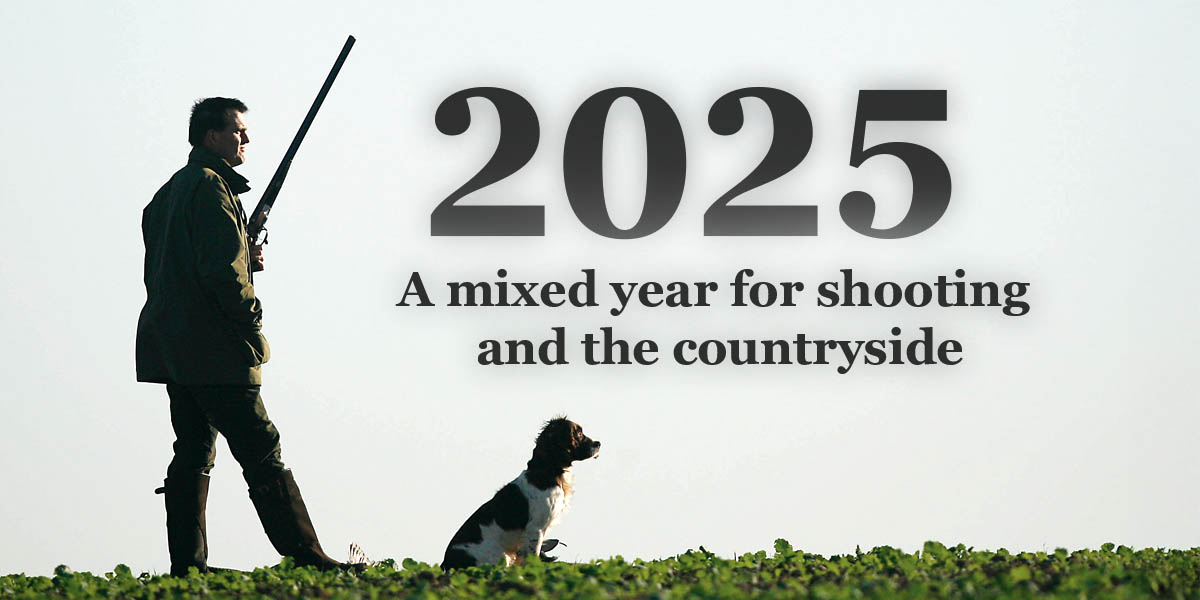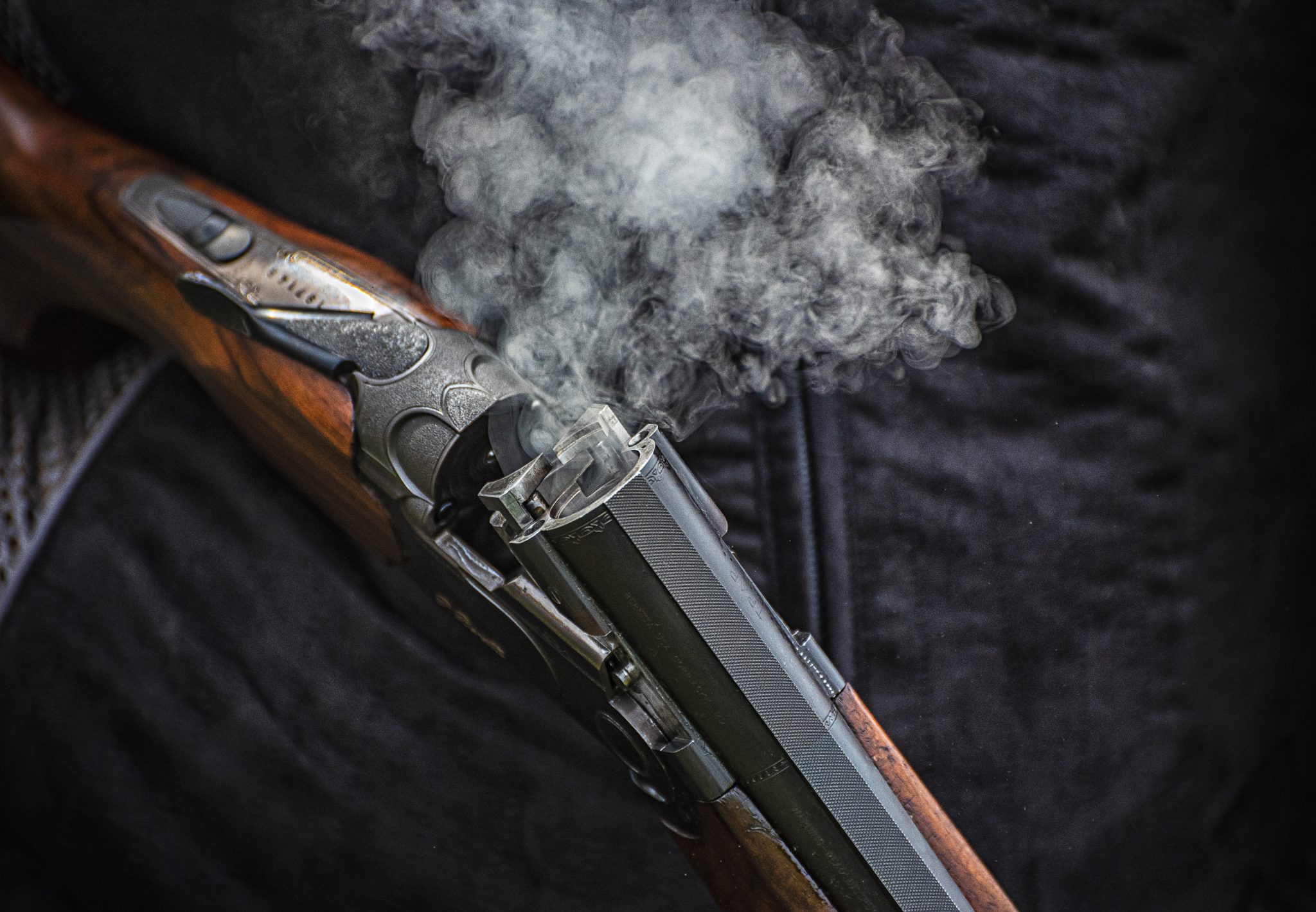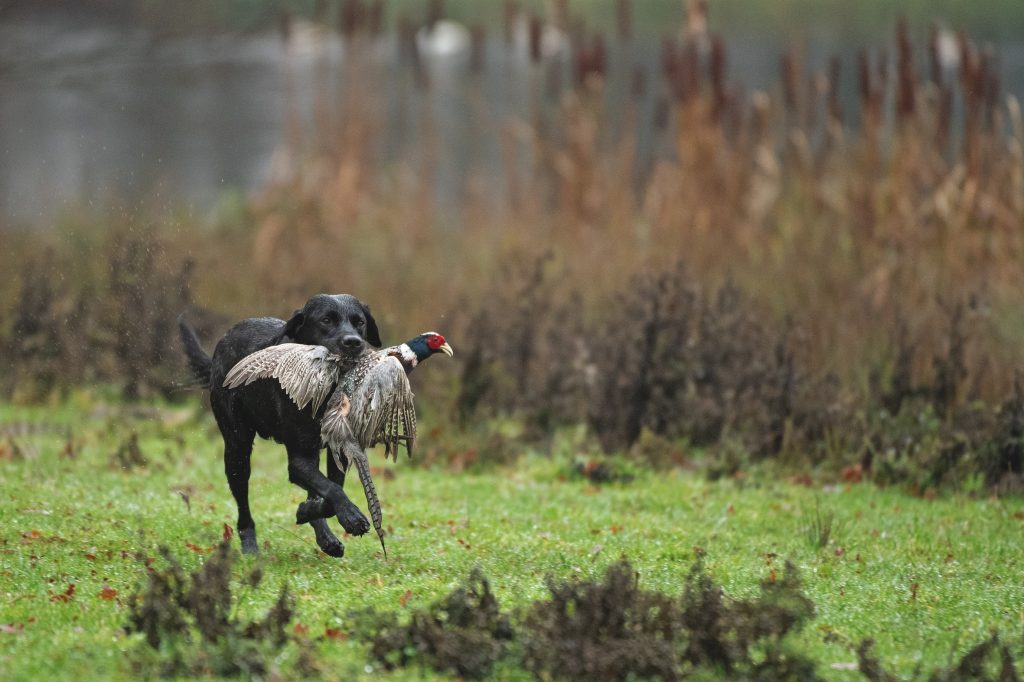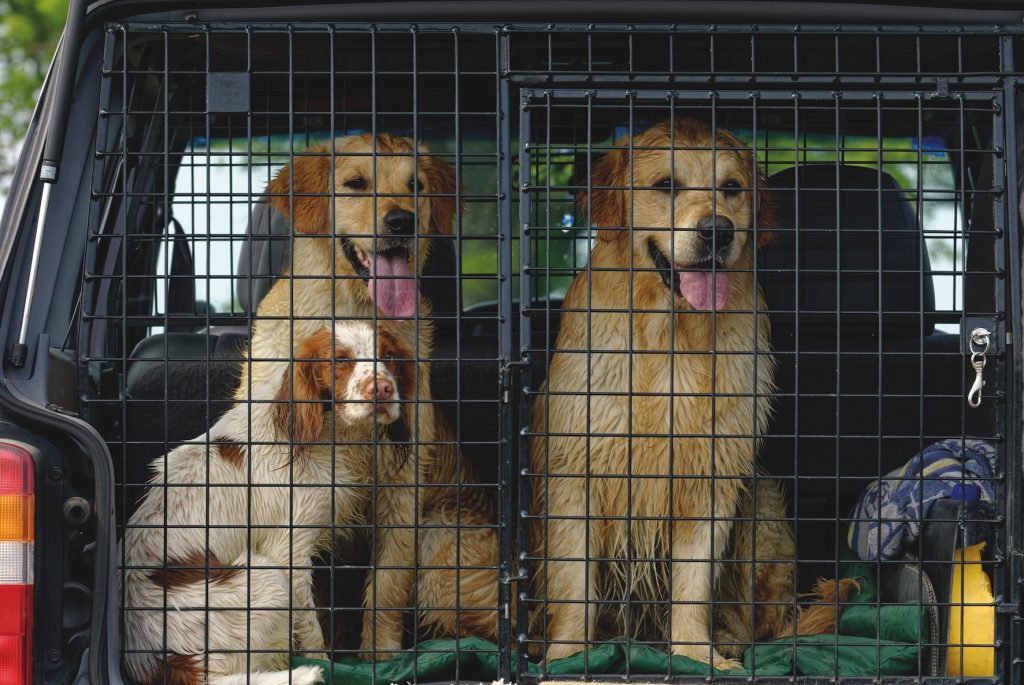Win CENS ProFlex DX5 earplugs worth £1,149 – enter here
Secrets of the Hungarian wirehaired vizsla success
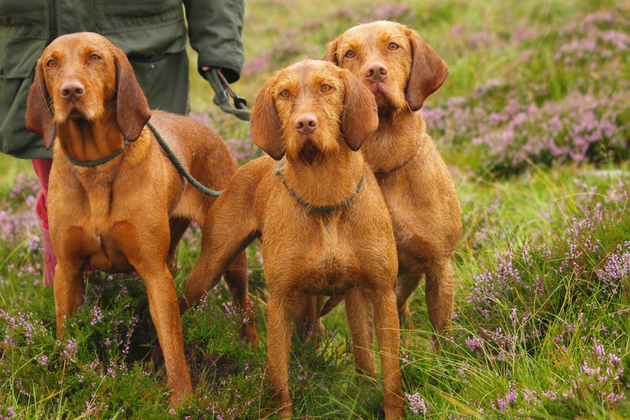
The Hungarian wirehaired vizsla (HWV) is a relatively new breed, created a century ago in Hungary by crossing smooth-haired vizslas with other pointer breeds — among them the German wirehaired pointer and the pudelpointer — to produce the dog we know today.
Tough, all-purpose hunting dog
The breed’s development was undertaken by gamekeepers and shooting men who wanted a tough, all-purpose hunting dog. Thanks to its wiry, protective coat, it can work in the harshest of conditions. Like its cousin the vizsla, the HWV is always a distinctive golden yellow or what the breed standard terms “golden sand to russet”.
Though the first smooth vizslas reached the UK as long ago as 1935, it wasn’t until 1952 that the foundation stock was imported. In contrast, the HWV arrived much later: Sheila Gray and Anna Coombe imported a pair in the early 1990s and under the Shannamaya affix bred the first litter in the UK. My first encounter with the breed came 16 years ago, when Clint Coventry and Anita Scott wrote to me at Shooting Times, suggesting that I might like to see their HWVs in action. They explained that they were outstanding working dogs but that few people were aware of the breed.
I’ve seen HWVs working on grouse moors in both Scotland and England, as well as lowland shoots in England, so it is a breed I’ve become familiar with and the talents of which I’m well aware of. However, it remains one that many shooting men fail to recognise. On one shoot where I beat, the keeper works a team of HWVs — never a shoot goes by without someone asking what they are.
For a breed that has been in the country for less than 30 years, the HWV has become remarkably well established, its numbers increasing year by year. Ten years ago, 252 puppies were registered with the Kennel Club. Last year the figure was 682. True, that’s a long way behind the vizsla (2,333 registrations last year) but I suspect a much greater proportion of the HWV puppies are destined for a working career. Incidentally, German shorthaired pointer registrations over the same period have remained static at between 1,400 and 1,500 a year.
Related Articles
Get the latest news delivered direct to your door
Subscribe to Shooting Times & Country
Discover the ultimate companion for field sports enthusiasts with Shooting Times & Country Magazine, the UK’s leading weekly publication that has been at the forefront of shooting culture since 1882. Subscribers gain access to expert tips, comprehensive gear reviews, seasonal advice and a vibrant community of like-minded shooters.
Save on shop price when you subscribe with weekly issues featuring in-depth articles on gundog training, exclusive member offers and access to the digital back issue library. A Shooting Times & Country subscription is more than a magazine, don’t just read about the countryside; immerse yourself in its most authoritative and engaging publication.
